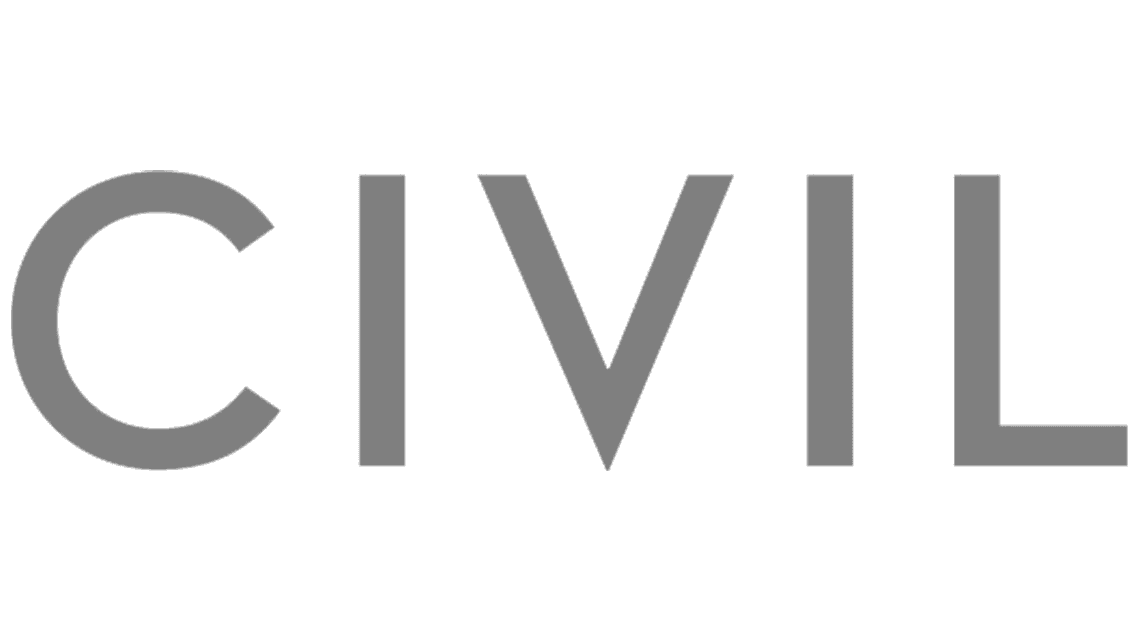
Case study
How Denník N's CRM helped it reach 42k subscribers
In a nutshell
A collection of open source tools that helped segment the title’s audience, target users with the right messaging, produce more relevant journalism and grow their subscription base to 42,000 in five years
Background
- Denník N is a Slovak digital and print publication that focuses on political news, investigative journalism and in-depth reporting.
- It was founded in January 2015 by 40 journalists from SME, one of the leading newspapers in Slovakia, after the title was purchased by Penta Investments, a company with alleged links to the government.
- Since then it has acquired 42,000 subscribers, which account for around 75 per cent of its annual revenue. The rest is made up of print and digital advertising and casual print sales. The title also has 280,000 registered readers.
- Denník N has around 60 journalists and recently launched a new product, Denník E, about business and financial markets.
- In November 2016, it received funding from the Google News Initiative to create REMP (Readers’ Engagement and Monetisation Platform), a series of free monetisation tools for publishers. In December 2017 and March 2019, it received further grants to continue REMP’s development.

How did they do it?
- Denník N began in 2015 as a reader-funded organisation, so the editorial team was aware of the need to produce journalism to drive subscriptions. Tomáš Bella, one of the co-founders, had previously founded Piano Media, a subscription commerce platform created in 2011, when Slovakia’s major publishers got together to launch a joint paywall (the project ceased in 2016).
- The editorial team used lots of tools, including Chartbeat and Google Analytics, to measure how stories performed, and used Exponea to find and segment customers. But these tools were not suitable because they misled the team into caring about the wrong metrics. For a short period, they instead used tools that gaming developers use to convert players into premium tiers.
- The team ruled out using Piano because it had been purchased in 2014 and the organisation’s headquarters were now based in the US. Also, Piano took a 30 per cent cut of revenues, which was too high for a new independent publisher like Denník N.
- The team decided to build its own tool to fit the publication’s needs, and applied for a Google Digital News Initiative (DNI) grant. In November 2016, Denník N received €350,000 to build REMP (Readers’ Engagement and Monetisation Platform).
- REMP was developed as an open-source project (that is, the code is public and anyone can contribute to it) for two reasons: to give Google another reason to fund it, and to make it easier to hire developers. REMP being open-source was included as a selling point in job adverts during the hiring process.
- The team at the start consisted of Tomáš Bella, Radoslav Augustin (project manager) and several developers. Following additional Google DNI grants, the team is now made up of six developers that sit in the newsroom.
- At the start, Tomáš and Radoslav used REMP to create the subscription banners for the site and the segments to market to. In 2019, Brano Bezak, a marketing lead, was added to the team to work on this and several other promotional initiatives, including podcasts.
- To decide what tools to build, Tomáš asked editors for ideas that would make their life easier. REMP started as a tool to lock an article behind the paywall and measure conversions to subscriptions. Since then, REMP2020 consists of six tools, including Mailer (to manage newsletters and marketing emails), Campaign (to create subscription banners and ads for publishers’ sites) and Beam (a segmentation tool to enable publishers to target the right message to different people).

How is REMP used?
- Denník N journalists mainly use the Dashboard, a real-time overview of which stories are converting casual readers into subscribers. If a story has lots of visitors but doesn’t lead to many subscriptions, the journalist who wrote the story and an editor will discuss how they can improve the conversion. For example, they may change the number of words visible in front of the paywall or alter the headline or opening paragraph.
- Editors can also A/B test headlines to understand which ones better convert people to subscriptions. However, the team doesn’t spend as much time doing this as it would like.
- Journalists earn a monthly bonus if their articles convert people to subscriptions. On average, this amounts to between five and 20 per cent of a journalist’s salary, and helps to incentivise reporters to think carefully about the stories they pitch.
- Every morning, REMP sends every journalist an email with the top converting articles from the previous day. This informs the daily editorial meeting and the stories that journalists pitch to cover.
What did they learn?
- It was important for Denník N to concentrate on its requirements as a subscription publisher to ensure REMP’s scope was limited. The team avoided building tools for other forms of reader revenue, and this helped the development run on time.
- The daily email of top converting articles and the monthly bonuses have both encouraged journalists to think and care more about Denník N’s business model. However, editors still make sure that journalists report on stories that they know won’t drive subscriptions, because they are important to cover.
- When designing banners and subscription messaging in REMP, the team found that creative didn’t have to mean sophisticated in order to drive subscriptions. Some of the best performing ads had text on a plain background, but they were well-targeted to the right audience.

- The most popular monthly subscription is the €4.99 basic package, which gets users access to the website and mobile apps. Most people pay monthly even though an annual subscription is overall cheaper.
- The new basic price since the introduction of Denník E is €6.99, and there is a premium Klub N subscription for €8.99, which disables ads and entitles users to unlock articles for friends and family. In total, there are more than 80 subscription options designed for different demographics and segments, including seniors and students.
- Unlike most news subscription businesses, Denník N makes a point of allowing all readers to take advantage of special offers (e.g January sale, 99 cents for the first month with automatic renewal) not just new ones. This means that existing subscribers extend their package, which helps retain customers.
- Slovakia has one of the lowest turnouts for European elections so before the vote last May, Denník N announced a discount double that of the number of voters. 22,74 per cent of Slovaks vote, so readers got a 45 per cent discount. More than 8,000 people, including new and existing subscribers, signed up in the two weeks after the election, helping the total numbers of subscriptions to surpass 40,000.
- Denník N has worked with other publishers (including several Accelerator grantees) to help them get set up using REMP, and the team is planning to launch a paid-for set-up service for small publications.
In their own words
Filip Struhárik, reporter and editor, Denník N
"We learnt that we have to be digital-first and focus on journalism that matters (not average 500-words stories every news site has). So we focus on metrics that matter, not clicks."
How would you improve it?
"It’s hard to say. Just because it worked for five years doesn’t mean we’re geniuses."
Now try it for yourself
- Pico wants to inject CRM smarts into news sites hungry for reader relationships (Nieman Lab)
- REMP by Denník N: Creating sustainable business models for independent journalism (Google News Initiative)
- Independent news website Denník N in 2018 - infographic (Filip Struhárik, Medium)
- Membership programmes are paying off for news outlets – and so is helping them set up their programmes (Nieman Lab)
Please make a contribution today
Your support will help us continue providing the kinds of opportunities journalists tell us they rely on
Would you like to have a direct conversation about making a donation? Please get in touch.



